Affiliate links on Android Authority may earn us a commission. Learn more.

LeEco Le Pro 3
What we like
What we don't like
Our scores
LeEco Le Pro 3
LeEco is making it abundantly clear – they are here and are looking to really disrupt multiple segments of the tech world. They have a car concept that turned heads, bought Vizio so that they could really capture the television market, and even a smart bike that runs Android. But it all ties back – as it should – to a phone.
In Jan this year, the LeEco Le Max Pro made a splash as one of the very first phones to sport the latest Snapdragon 820 processor of the time, but now their latest outing claims to be more than just a phone and more of an ecosystem in and of itself. Does the result spell greatness for this burgeoning brand? Let’s find out in our review of the LeEco Le Pro 3.
Design
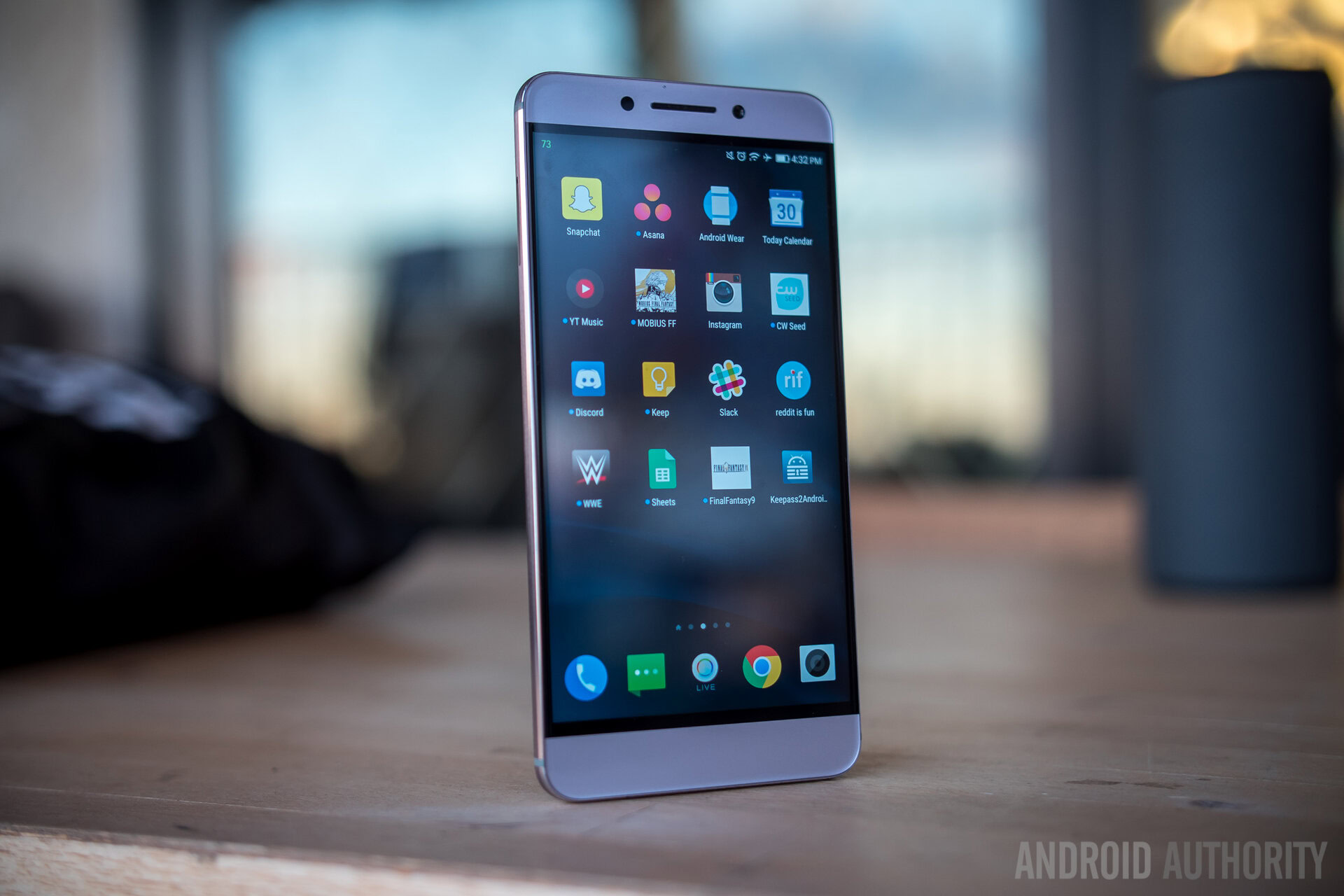
To any avid smartphone fans, the Le Pro3 may look a little too familiar – it is honestly just too hard not to think that this phone greatly resembles the OnePlus 3, right down to the antenna lines and the lens popping out at the top. Users might actually mistake the two if they happen to have them lying side by side. We just really felt the need to call that out, so with that out of the way, we can step back and explore the cues.
LeEco’s phone has a metal body with a very glossy look and feel, which puts a fingerprint reader on the back in lieu of capacitive buttons underneath the screen. With a 5.5 inch screen, the phone is not at all hard to manoeuvre in one hand and it helps that the body is a bit thicker than most of the slim profiles we’ve gotten this past year. The glossy material does take to fingerprints rather quickly, but not egregiously.
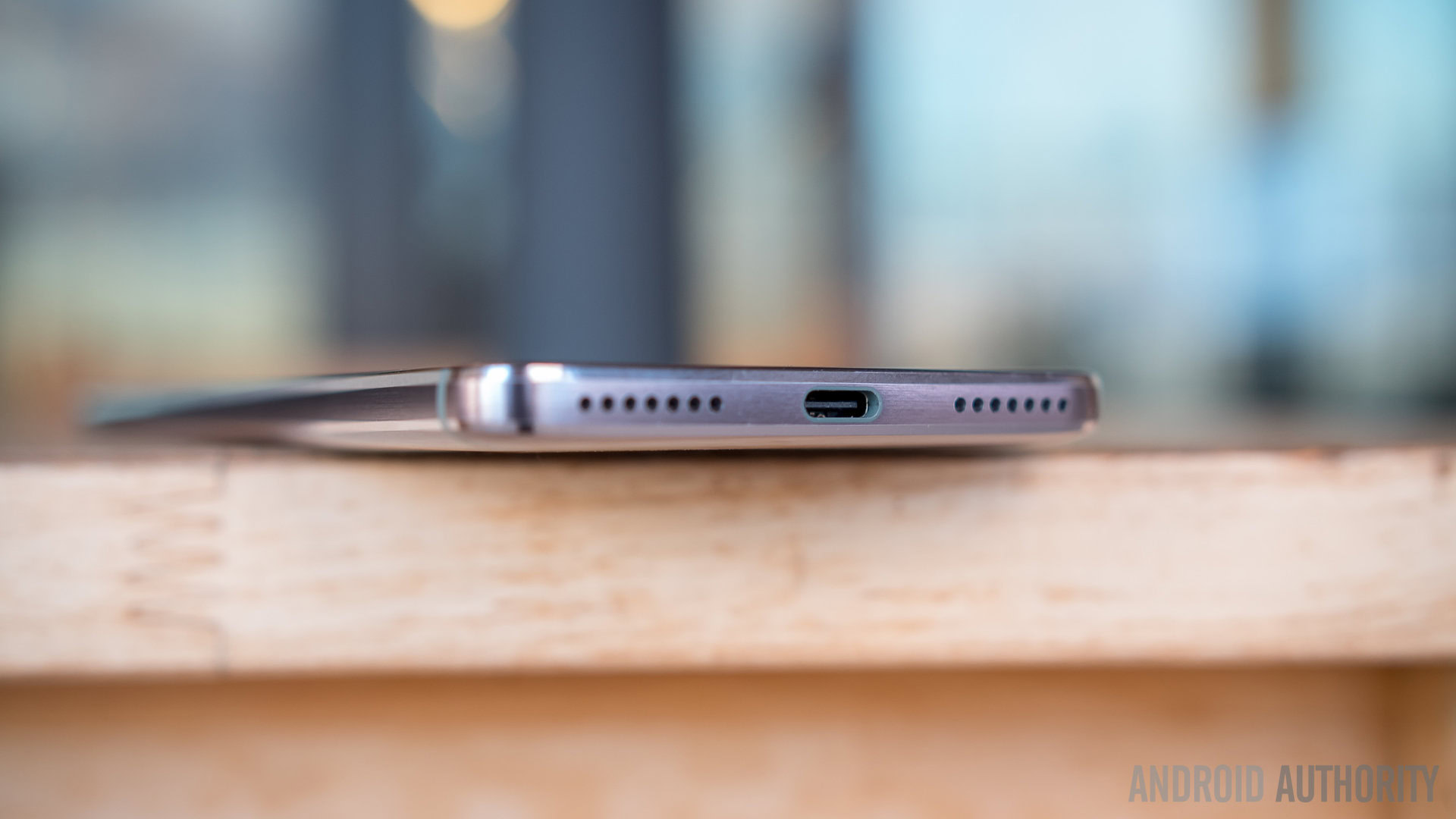
One main aspect to note is that there is no headphone jack found on this phone – an adapter has to be used in order to port the USB-C. Speaking of audio, a bottom mounted speaker is accompanied by the phone speaker that works double time for calls and media.
Overall, it is good looking phone that is mostly hindered by the fact that the design is a bit too much like something that we have seen before. It begs the question – besides the different ‘Le’ logos that are on the back and serves as the home capacitive button, what defines LeEco’s design language in this smartphone cycle? Granted, the phone looks and feels quite good, but starting things off with a derivative style may foreshadow the rest of the story that is the Le Pro3.
Display

A 5.5 inch screen helps in the handling experience, though an affordable phone like this had to cut a few corners to keep the costs down. As such, this is an IPS display that comes with an unsurprising 1080p resolution. As an IPS display, it does get plenty bright even in broad daylight, but it seems a bit muted in its colors, noticeably lacking in vibrancy and saturation. This is in the standard LeEco color mode found in the display settings, even though there is a vivid mode that is available for that extra bit of punch.
The easiest problem to see at first glance is the sizeable bezel that is around the entire display. It can almost be considered the mark of a budgeted phone and it is plain to see in the Le Pro3. Pixel density is obviously not as high as it would have been if this were a Quad HD screen, but it is still plenty for text and general sharpness. Reading text and websites is not difficult, and games are still fun to play despite the need for a little better coloration.
That all said, this display is about as standard as you can get. In the grand scheme of affordable flagship phones, there are definitely better display experiences. For its affordable price point, general users won’t find too much to hate about the Le Pro3’s screen, aside from maybe the bezel.
Performance
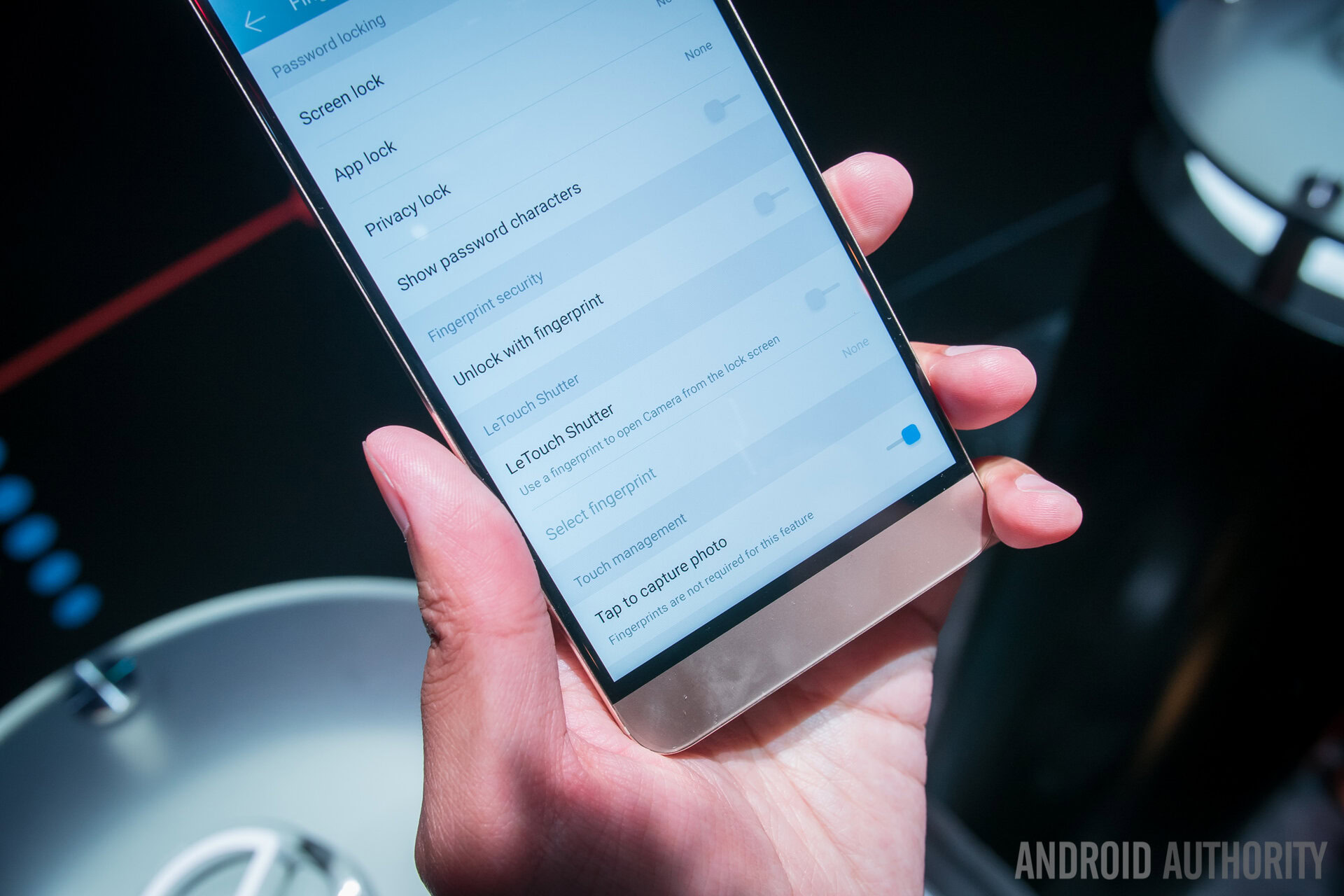
We have to preference the performance aspect of this review by saying that the EUI LeEco put as the software is mostly to blame for the hiccups experienced on this device. The Snapdragon 821 has already proven itself a few times over as a powerful and reliable processing package, meaning that high performance tasks from productivity to gaming are actually about as good as they should be. Unfortunately, that is assuming the software can stably get from one place to another without messing up.
I did play some good games on the Le Pro 3 that included The Trail, one of the more lag-prone gaming experiences available right now, and it was not any worse than on other Snapdragon 821 performers like the Pixel. 4GB of RAM in the base model is adequate for general multitasking, though a 6GB model is available at a premium and should help the phone along a bit more. That said, jumping in and out of applications using the recent apps screen is smooth, as is going through the multitudes of homescreens that users will inevitably have because there is no app drawer.
Overall, having the Snapdragon 821 as the processor on this phone, which is meant to be quite affordable, is definitely one of the better aspects of the Le Pro 3, even if the hardware and software experience doesn’t quite live up to that offered by other Snapdragon 821-powered smartphones.
Hardware
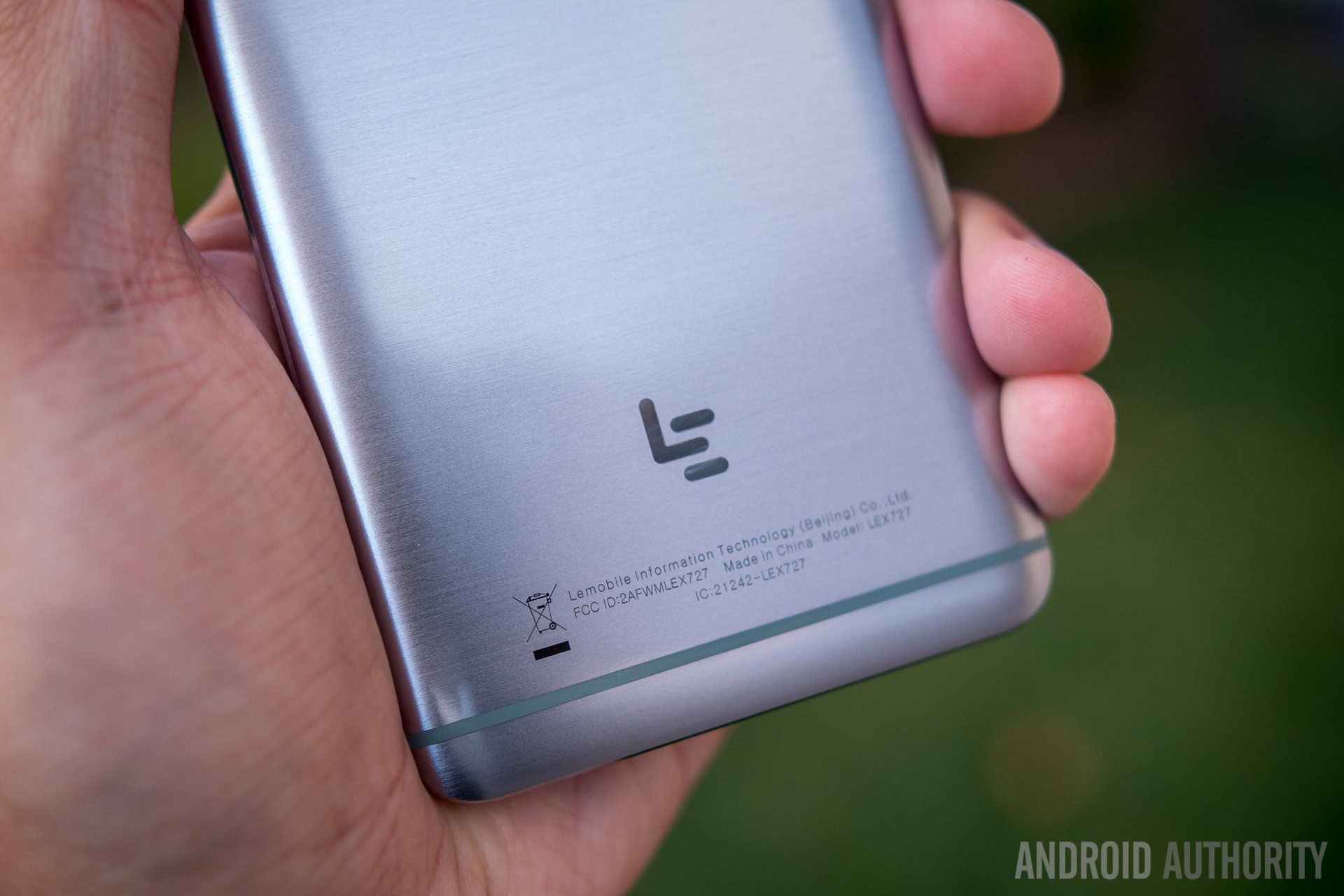
Which brings us to the hardware, where we’ll start with the good parts of the experience. Calls on the Le Pro3 are adequately good, with no real problems on either end of the call and with few dropped calls on the T-Mobile network. Sound, in general, is actually a bright spot for this phone because of the dual speakers – when watching YouTube or playing games, we didn’t feel too bad about the lack of a headphone jack because the audio coming out of the phone was pretty dang decent to begin with.
Speaking of the headphone jack, it does suffer from the iPhone 7 or Moto Z problem in that an adapter has to be used in order to connect wired headphones to the phone. This adapter is really small and can be easily misplaced, which is something that already happened to me on a couple of occasions. Bluetooth headsets are probably the best way to go for the sake of convenience, though it is an adjustment that many still have to get used to.

On a somewhat related note, getting certain Bluetooth speakers and other peripherals connected to the Le Pro3 ranged from decent to anger-inducing experiences. The main issue was with NFC connections, which were highly inconsistent and had trouble connecting to my Bluetooth speakers. Even then, the Bluetooth connection to one of my speakers cut out a few times, which was frustrating.
Another point of real contention is that the Le Pro 3 wasn’t able to work with Android Auto in my car. Connecting the phone using a USB-C cord took multiple tries because the phone kept trying to connect via Mirrorlink rather than Android Auto, but that is yet another mark against the software, admittedly. However, even when I did get Android Auto to work, it would lose connection every couple of minutes to the point of it being completely useless for my driving. As an everyday user of Android Auto, this took away a key portion of my daily requirements for any phone.
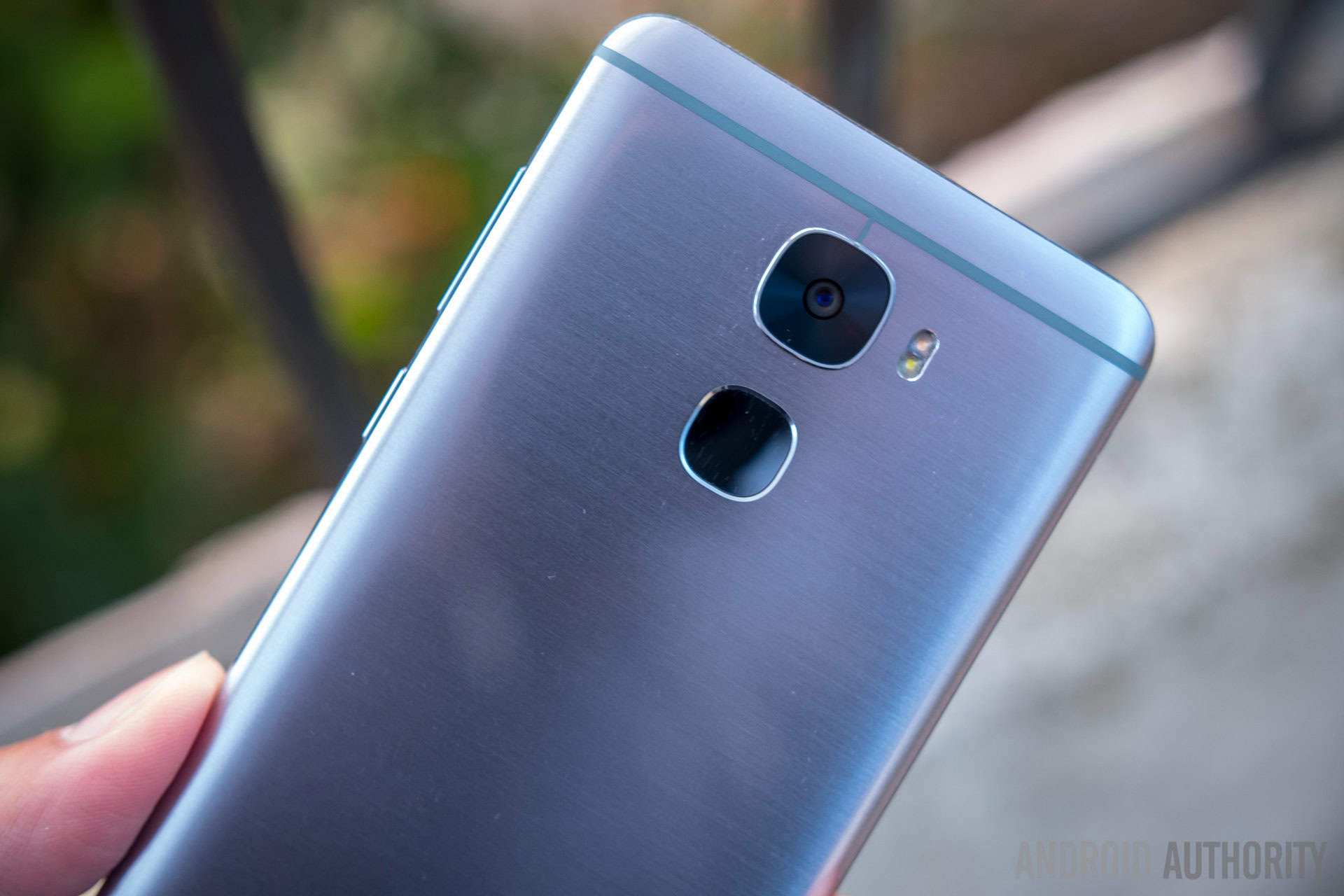
One last inconsistency came from the fingerprint reader. It often felt like I needed to hit it multiple times just to get it to trigger, making it a little annoying to wake and unlock the phone on more than a few occasions. It may be fixed with a future update but the fingerprint sensor definitely requires refining further and doesn’t have the responsiveness offered by other OEMs.
32GB of storage is available with the base model of the LeEco Le Pro 3, but 64GB and 128GB are also available at a further premium. Our unit has 64GB, which gives enough space for plenty of applications and media, but without expandable storage, you’ll want to ensure you pick up the right storage option for you. If you opt for the variant with 4GB of RAM, you can choose from either 32GB or 64GB storage while for those wanting 6GB of RAM, you storage options are doubled to 64GB and 128GB.
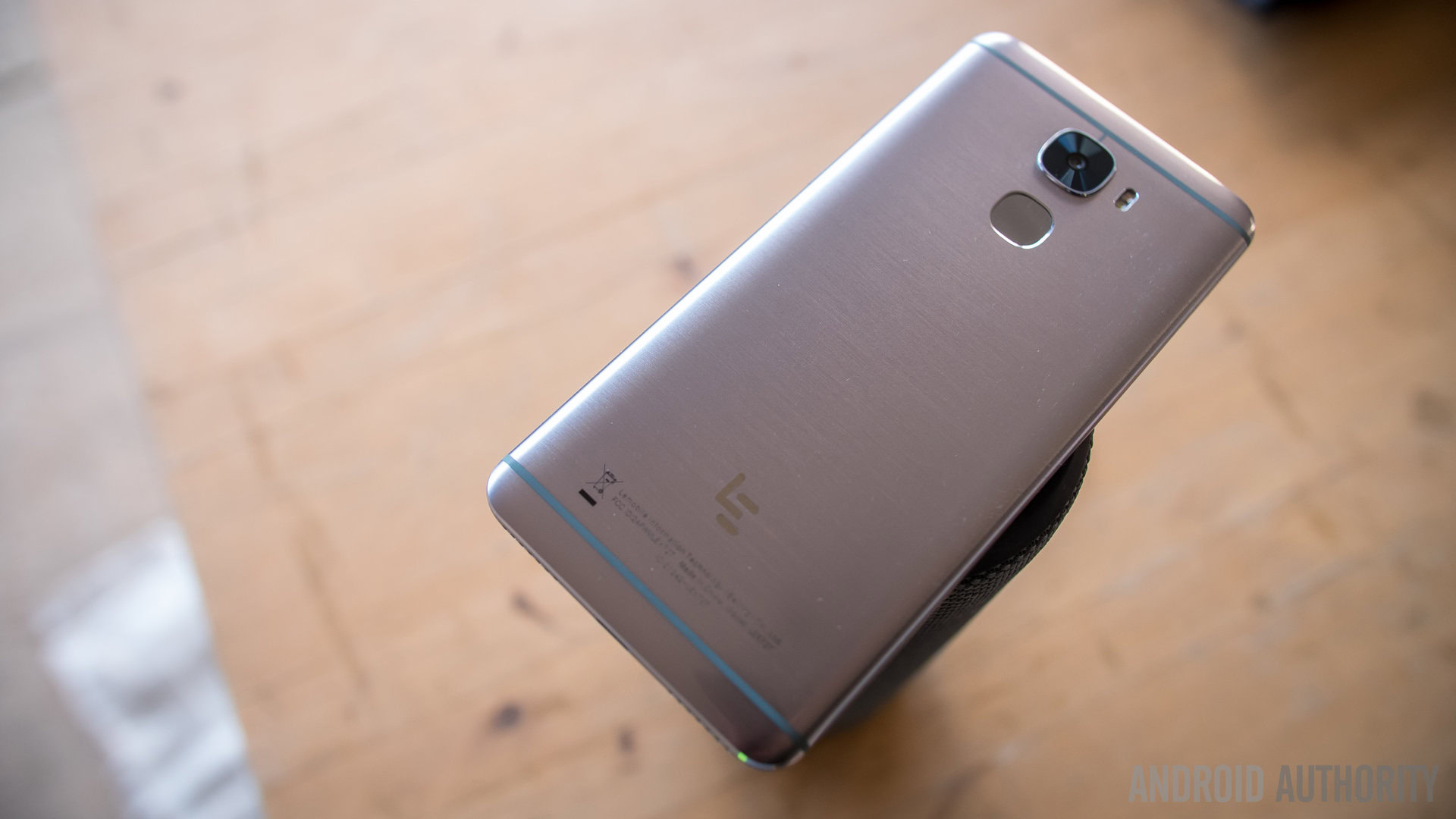
Battery life is dependant on the 4070mAh battery, which is a higher capacity than found on most flagship devices. Our Android Authority battery testing app showed a possible screen on time of 9 hours, with the gaming test managing to bring the phone from 100 to single digits in about 7 hours. While on paper it certainly seems like the battery can go the distance, using the phone as my daily driver made the battery life range from 3 and a half hours of screen on time to an upper limit of 5.
That is pretty good battery life, even if it is not particularly overachieving and that upper limit is somewhat expected for a 4000+ mAh unit. If users are itching for power despite the possibility of a solid full day of battery with some change, Quick Charge 3.0 is able to get the phone up to 50% battery in around half an hour.
Camera
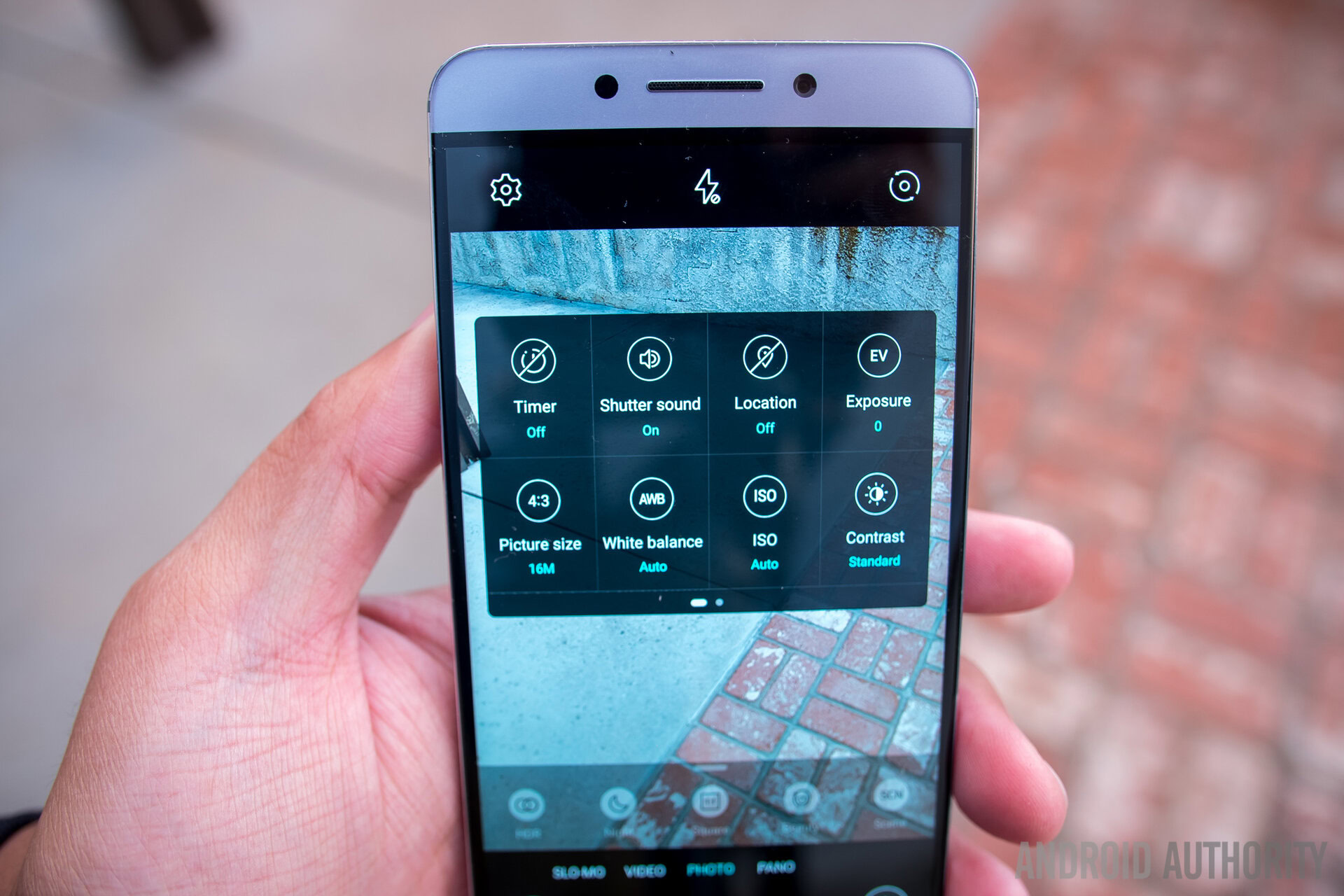
The camera of the Le Pro3 is a 16MP shooter capable of 4k video recording and has a few different modes available. Before we get to that, the front facing camera does have a beauty mode that is on by default and smooths out details in selfies taken using the 8MP sensor. Selfies taken on the Le Pro3 are decent enough, though even at the middle setting, the beauty mode is a little too aggressive and makes pictures look a bit too soft. It is also quite slow to focus, which takes away from the selfie experience.
The app in general is not the fastest one out there, mainly in the sense that the shutter-to-file time is a little too long for our tastes. There is no problem changing to the different modes and activating different features, but the one big issue we have with it is that HDR is not a setting but rather a feature. This means that users would have to actively open it up in order to give pictures a little more punch and better highlight and shadow rendering.
As such, the pictures coming from the Le Pro3 are actually not all that bad. Though they won’t really blow anyone away, the pictures are all very serviceable with a good amount of detail in the right lighting situations. The noise, of course, comes out more in the lower light shots but at least it doesn’t look incredibly smudgy. All in all, it is a camera experience that you would expect from a sub-$400 handset.
LeEco Le Pro3 camera samples:
The colors are what make us give the camera a nod, with a slight bump up in saturation making pictures look more vivid and pleasing to the eye. Interestingly enough, this didn’t seem to be the case when looking at the pictures on the screen of the phone itself. This is likely due to the screen being a bit muted, as we mentioned in the display section earlier on. General users will be able to enjoy their smartphone photography on the Le Pro3, though prosumers will probably wish that there was more speed in the app and a few more options to get even better shots.
Software
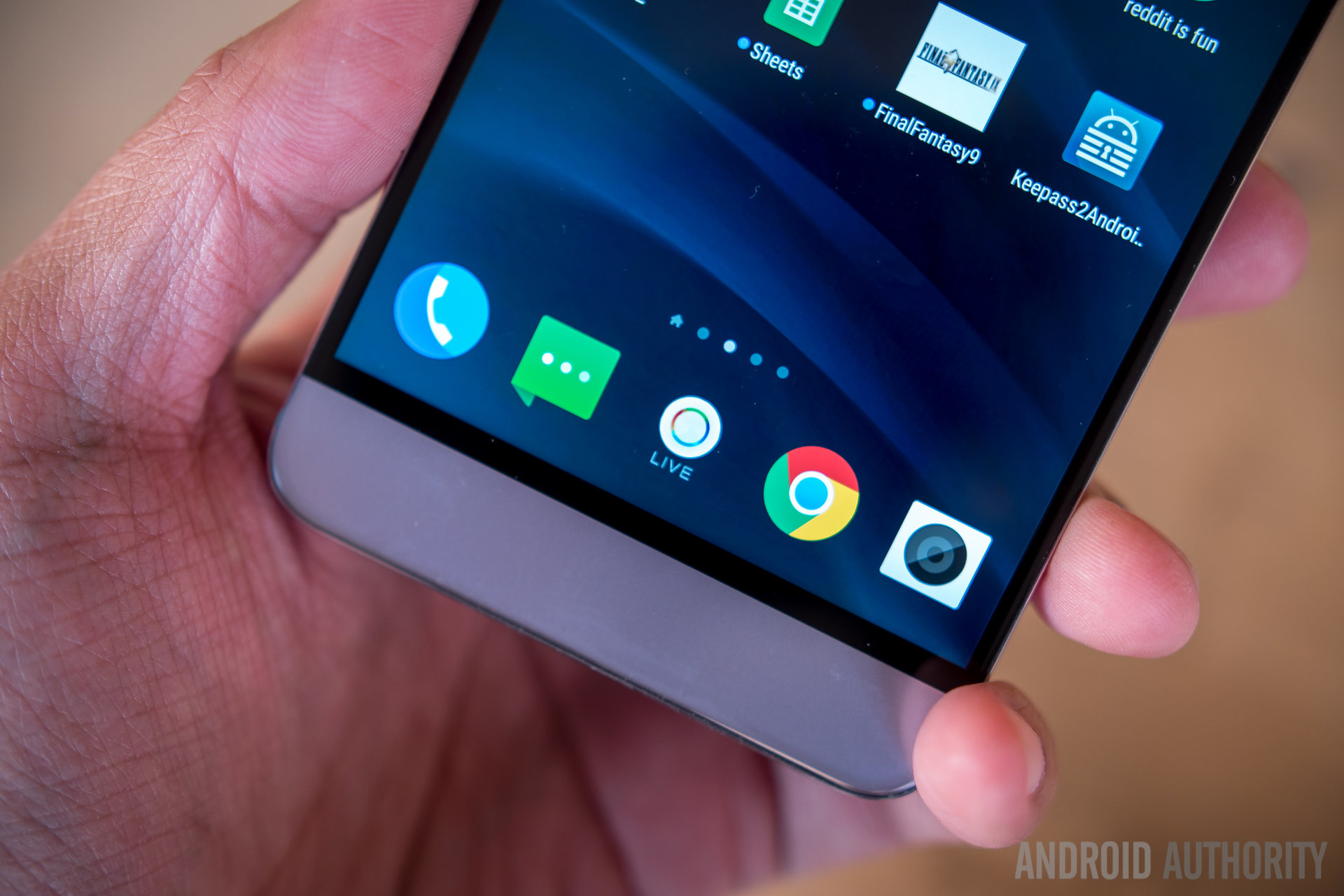
And finally, in software, the EUI brings its Asian styled flavor of Android; this means no app drawer and potentially a few different features that aren’t typically found in western versions of Google’s OS. EUI starts off pleasantly enough, with good design cues that are decidedly smaller in overall elements than other Chinese operating systems, perhaps as a way to avoid anything bleeding over their boundaries (as is rather common with overtly long translations in localized versions of Color OS and such).
The lack of an app drawer is a polarizing choice, with some users really hating the omission and others finding it rather refreshing. I am the former, but I understand that it doesn’t truly change the overall Android experience that much. LeEco, to their credit, tries a few different things in their skin, with the quick settings showing up above the recent apps screen, and the notification shade showing only notifications and a large button on the bottom to manage said notifications, even if it won’t be pressed all that often anyway.
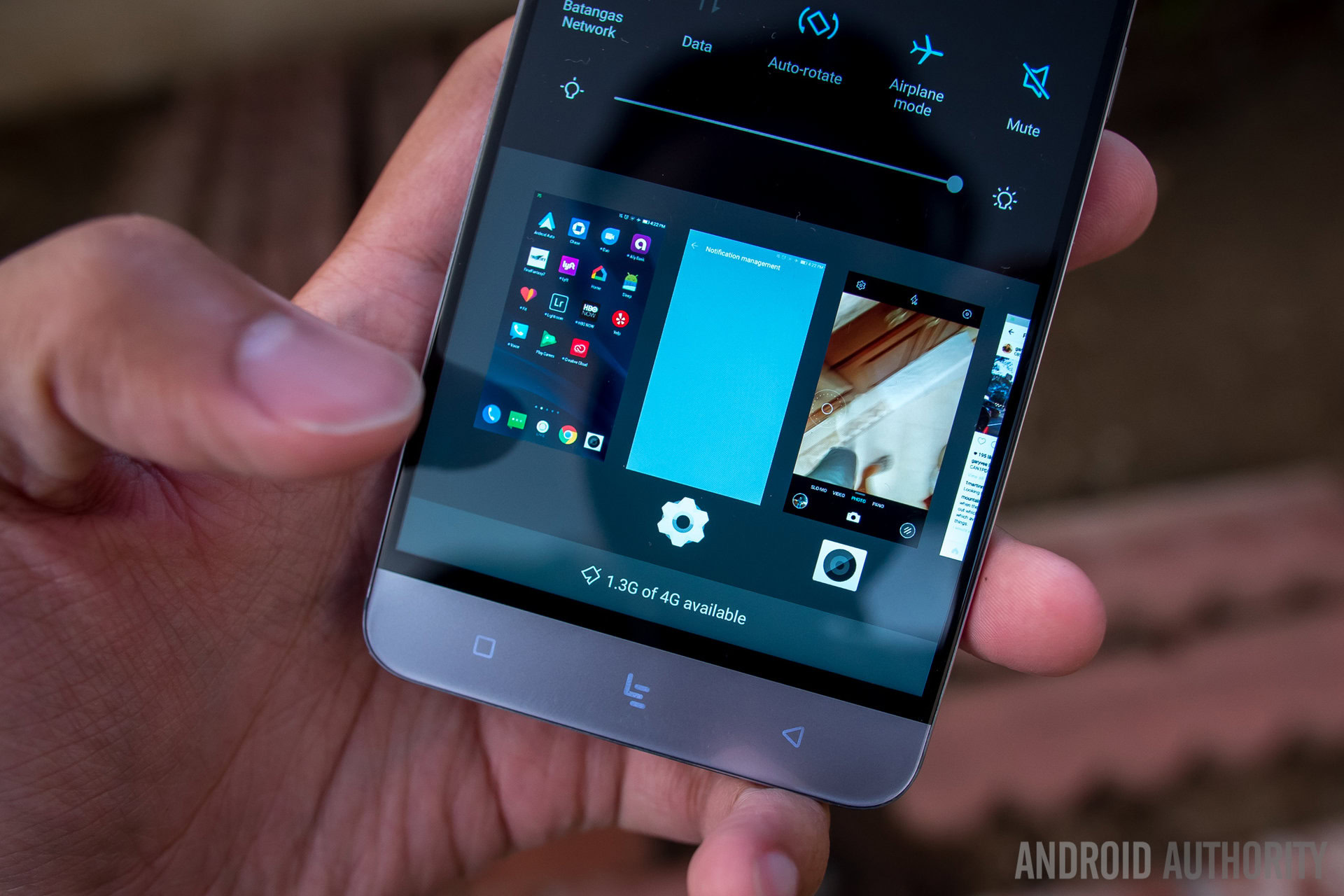
Where LeEco hopes that the EUI will separate itself is through its ties to the LeEco streaming services. LeEco did well to get quite a few different partnerships with networks like SeeSo and Showtime to bring a lot of content to the masses, but it requires subscription and monthly payments to the EcoPass, which has its own digital currency called the EcoPoints which can be used in lieu of cash towards options in the LeMall.
Take a deep breath.
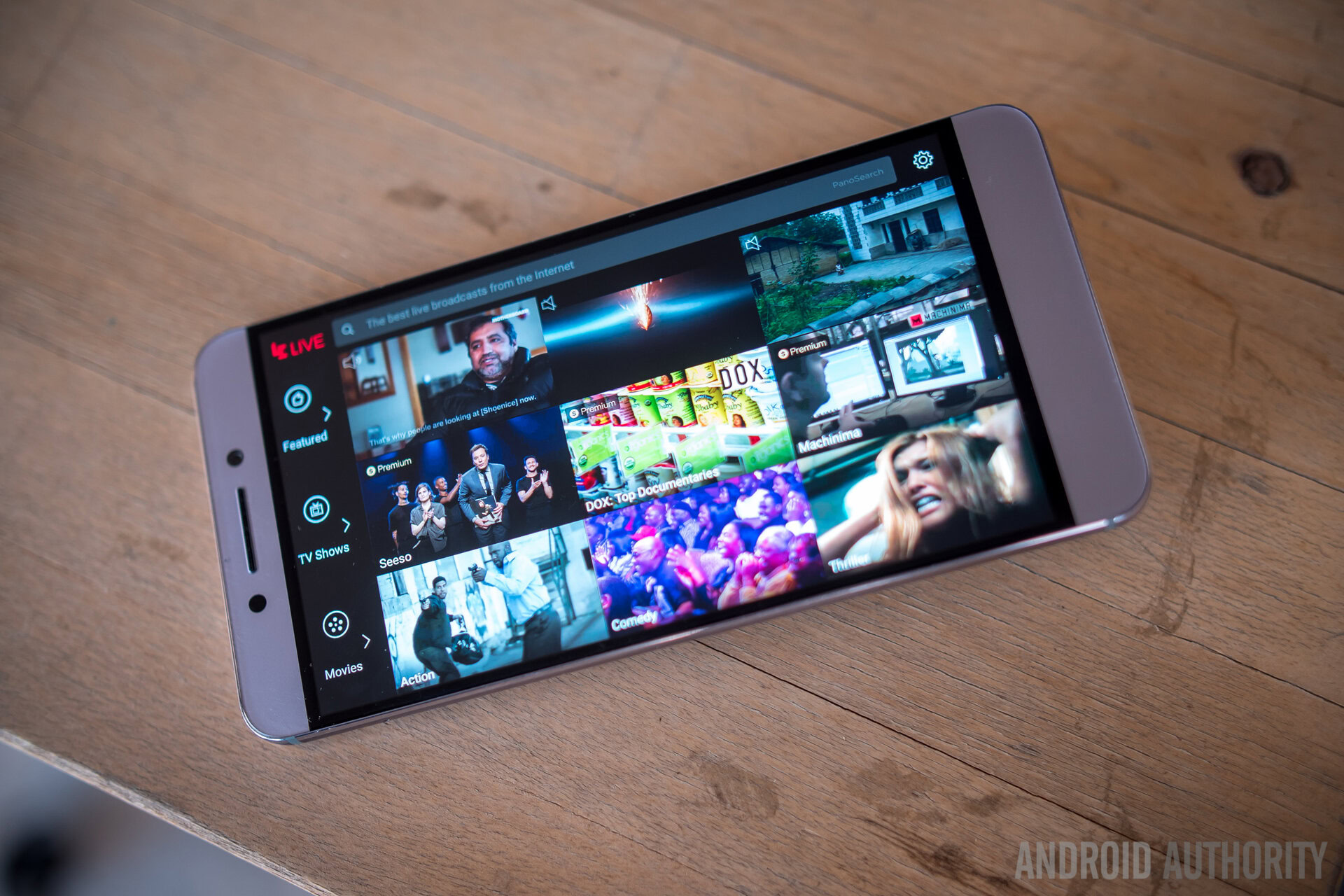
A lot of that content is found in the Le app, but in place of where the app drawer button would be is a wholly different application called Le Live, which brings users to a 3×3 grid of content distributors that all stream content straight to the phone on an ongoing basis. This can include the aforementioned SeeSo but also includes some Asian channels, Vice, and a few smaller outlets like TasteMade, which you might recognize from their Facebook ads or Snapchat. Basically content is consistently played and scheduled at certain time intervals, and is a portal to a lot of different streaming content that is curated, only somewhat expansive, and honestly a little hard to make sense of – the average user will probably be a bit confused and overwhelmed by the experience, especially considering there isn’t a whole lot of documentation or even built-in advertisement-style tutorials to guide the user.
What if users want an affordable Android phone, but aren’t open to getting inundated with Le’s all over the place?
Gallery
Specifications
| Display | 5.5-inch IPS LCD display 1080p resolution, 403 ppi |
|---|---|
Processor | 2.35 GHz quad-core Qualcomm Snapdragon 821 Adreno 530 GPU |
RAM | 4/6 GB |
Storage | 32/64GB (4GB RAM) 64/128 GB (6GB RAM) non-expandable |
Camera | 16 MP rear camera, 1.12µm pixel size, f/2.0 aperture, PDAF, dual LED flash 8 MP front-facing camera, 1.4µm pixel size |
Connectivity | Wi-Fi 802.11 a/b/g/n/ac Bluetooth 4.1 GPS + GLONASS NFC IR FM radio USB Type-C 1.0 |
Battery | 4,070 mAh non-removable Quick Charge 3.0 |
Software | Android 6.0 Marshmallow eUI 5.8 |
Dimensions | 151.4 x 73.9 x 7.5 mm 175 grams |
Price & Final Thoughts
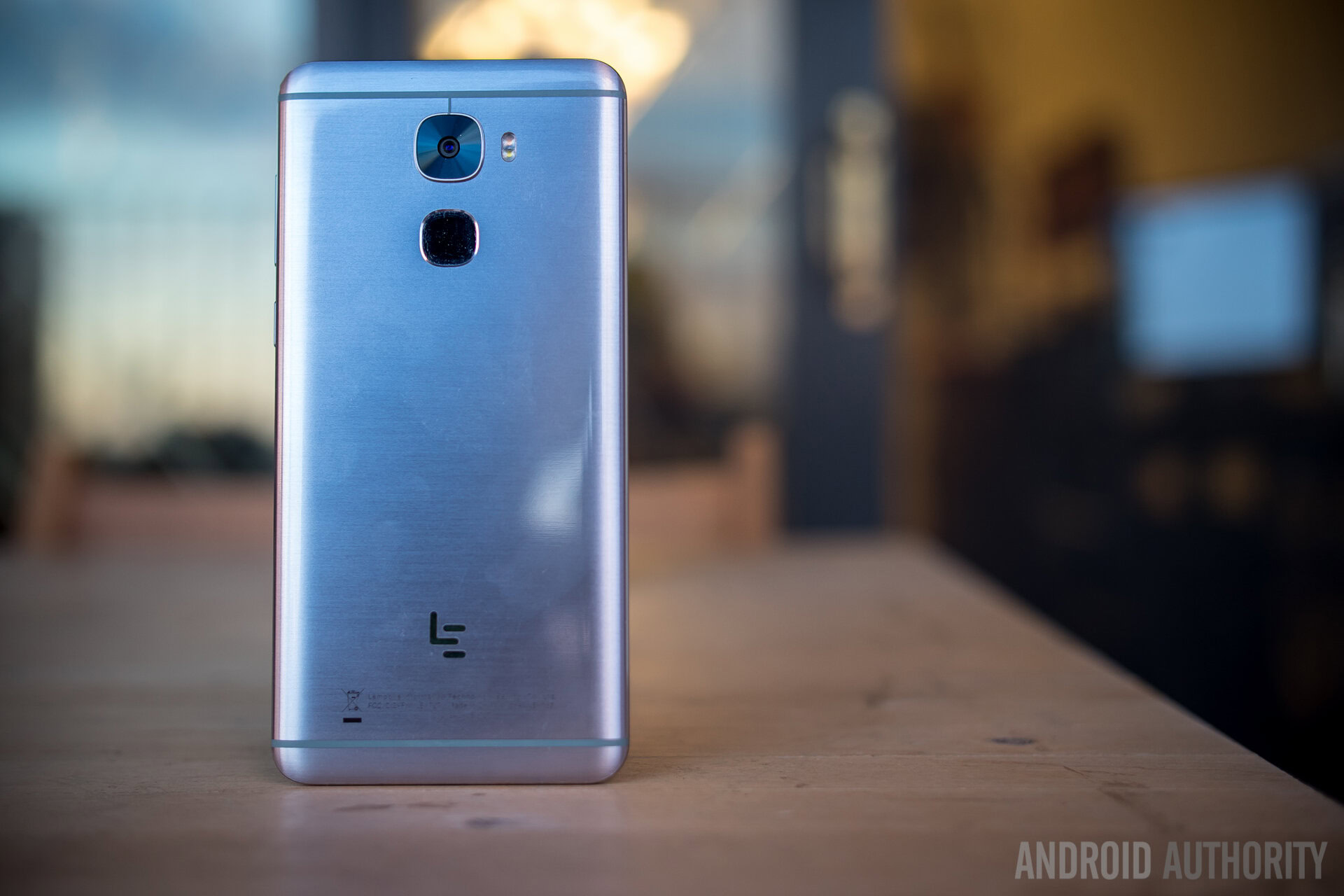
Another perk of being part of the LeMall and the Le ecosystem is that members can get the Le Pro3 at a pretty deep discount that makes this phone one of the most affordable devices available today. Starting at $399, the phone can be put on flash sales resulting in discounts of $100, making the phone potentially $299 if you wait for those days to come. This is undoubtedly a wonderful price, but as we have found in this review, you kind of get what you pay for.
And so, there you have it. The LeEco LePro3 – a phone that has all of the tools to be competitive but is bogged down by inconsistent performance that we only really see in phones at its price point. This doesn’t come at much of a surprise, but the phone does prove to be a reminder that value and money can sometimes be an inverse proportion. For it’s price, the LeEco Le Pro 3 is a solid device, but it only really makes sense as a recommendation if acquired at the $299 price, which we haven’t seen since the days of the OnePlus One.
- Coming to America: LeEco to formally launch US presence in October
- LeEco Le S3 hands-on
- (Update: Netflix denies any partnership) LeEco’s grand plans to take over the world
And for its full price, there is competition like the OnePlus 3 to consider – it is, after all, the phone that the Le Pro3 somehow manages to look incredibly similar to. It brings an inconsistent experience overall with Le features and software that aren’t particularly useful for anyone that just wants a reliable Android experience at a good price.